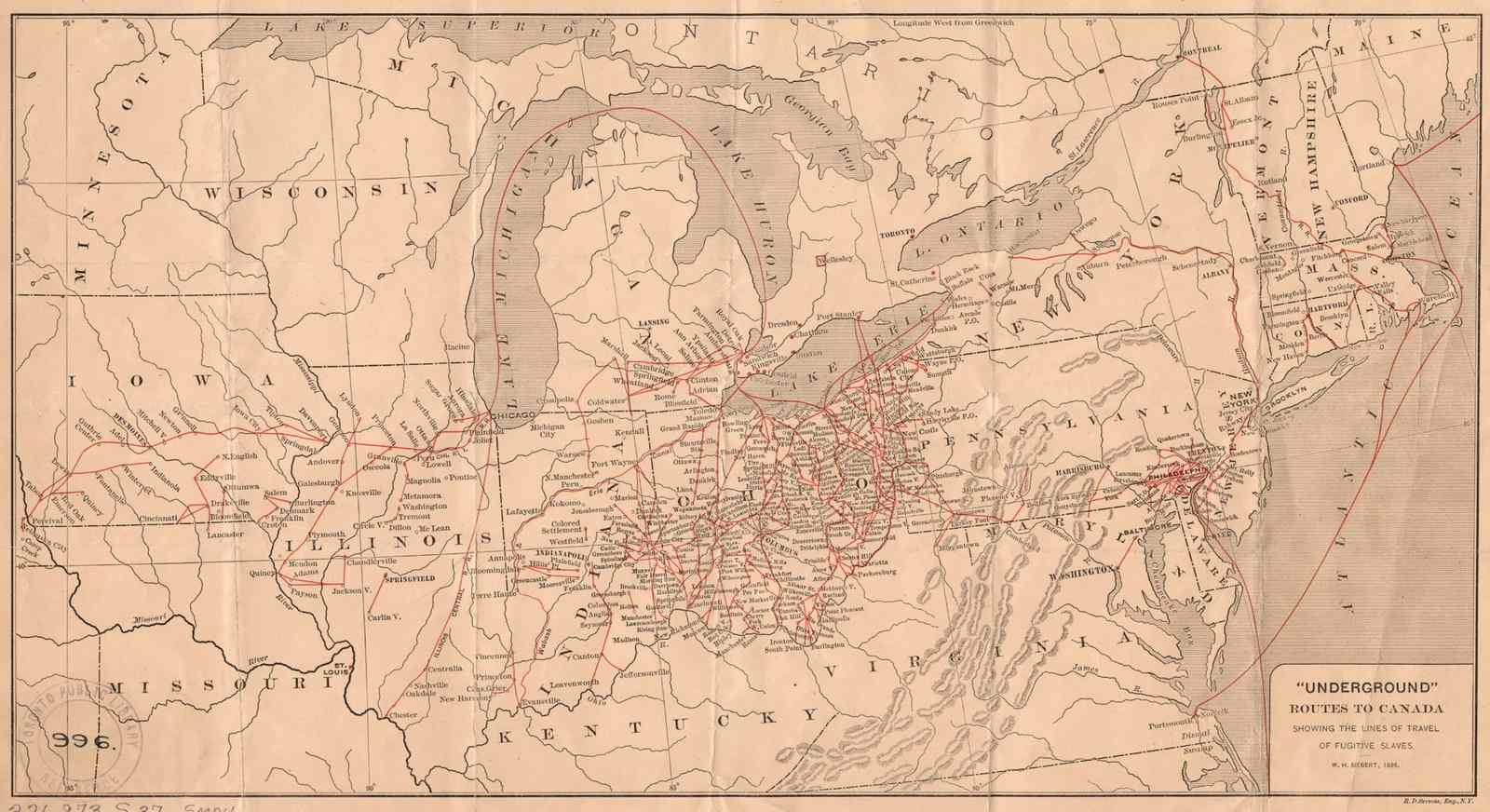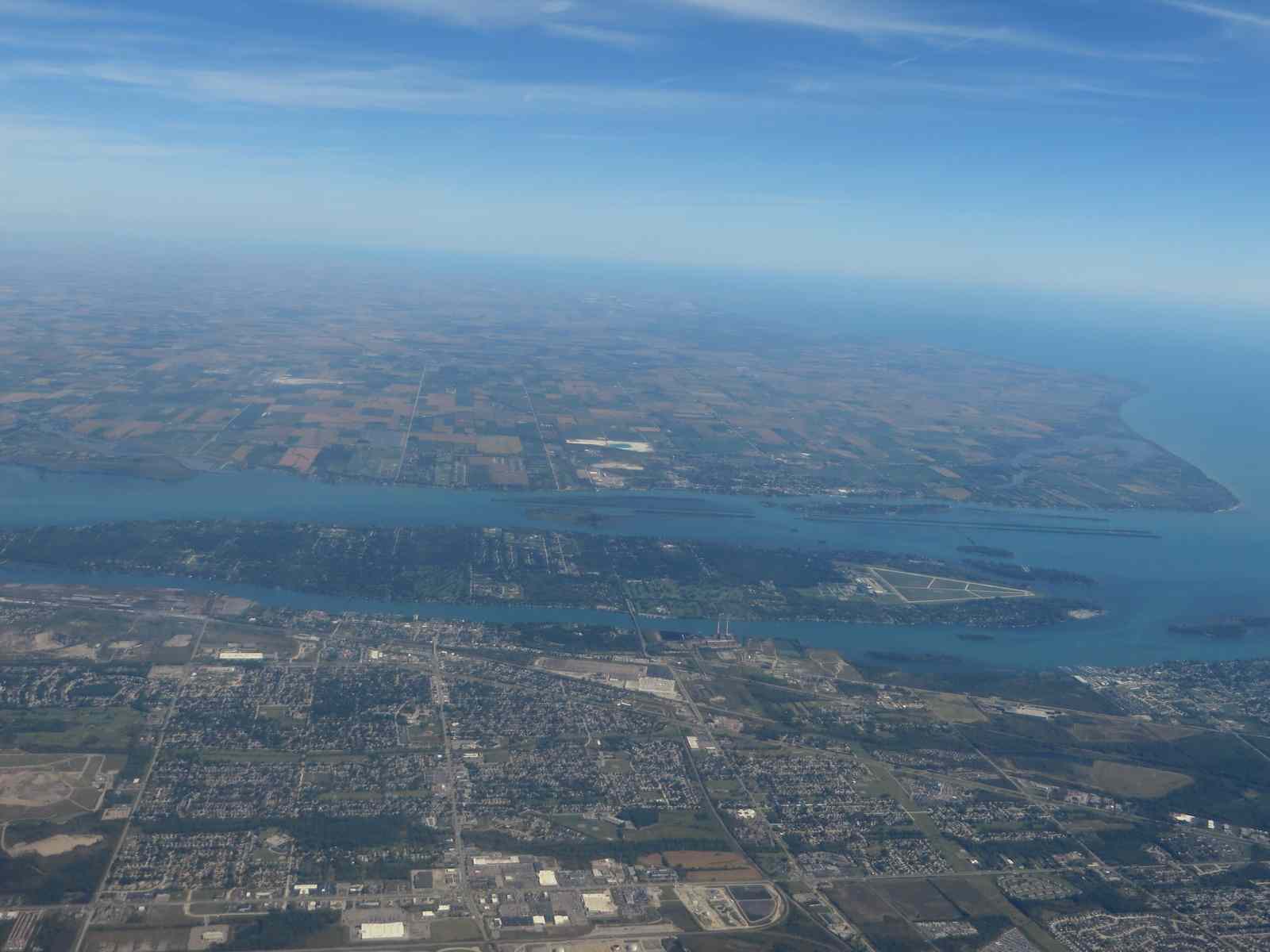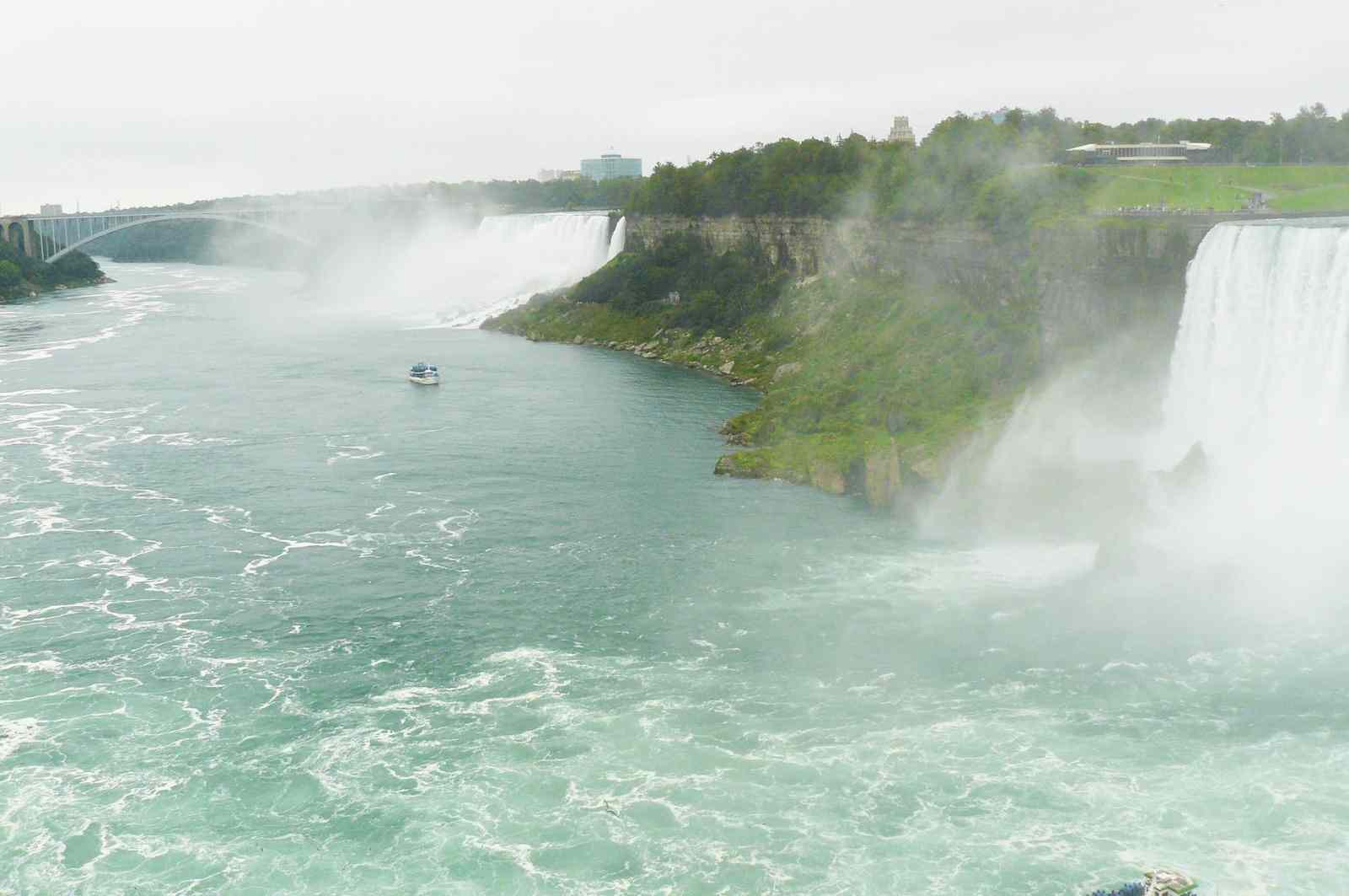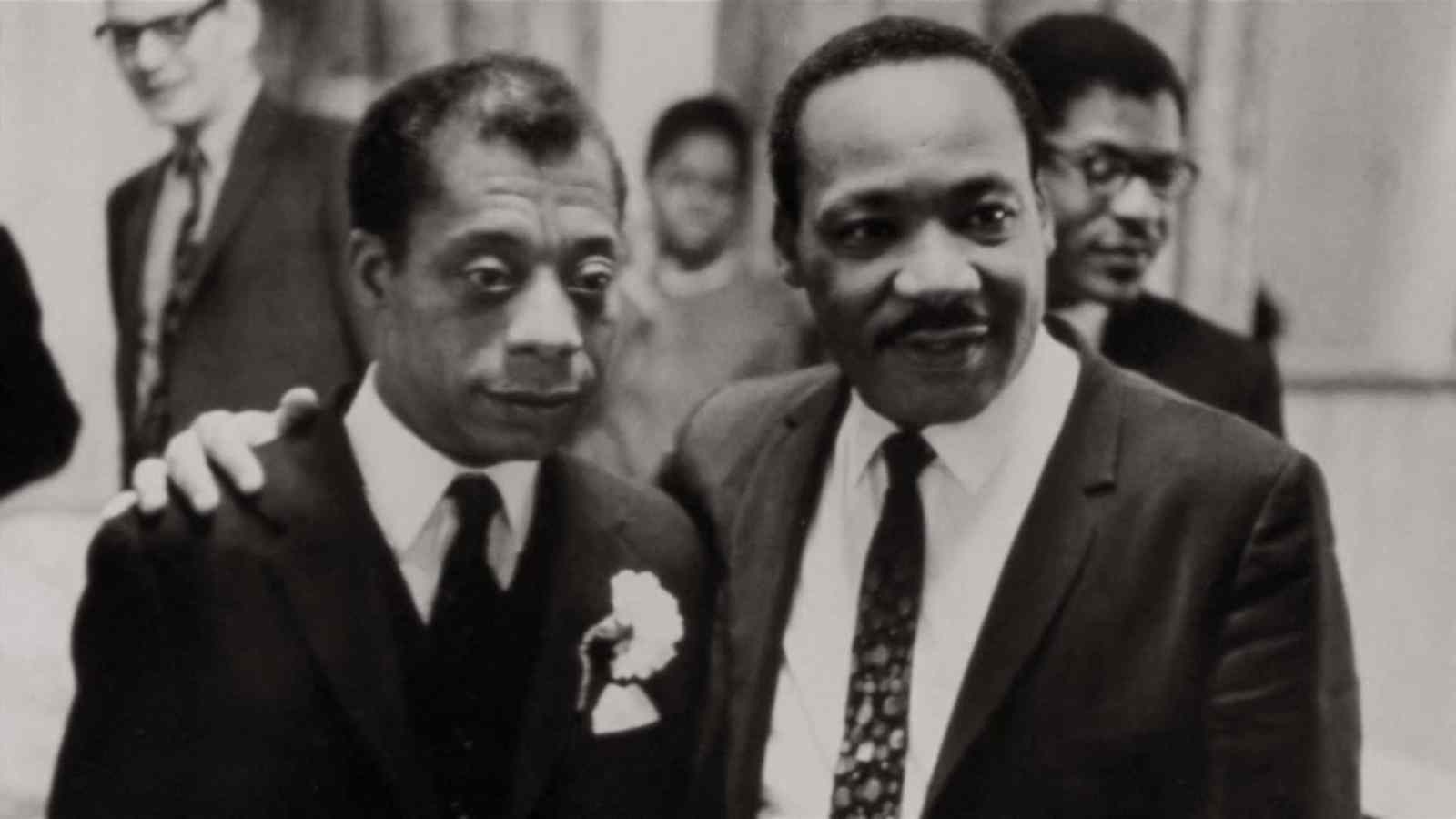Published February 20, 2019
What comes to mind when you think about the Great Lakes? Do you think of their breathtaking natural beauty? The diverse ecosystems that they support? The many hydroelectric generating plants they power?
These are all indeed impressive aspects of the Great Lakes. However, the area is noteworthy for another important reason.
This Black History Month, let’s recognize the Great Lakes and Niagara region for the part that they played in the Underground Railroad, which helped free somewhere between 30,000 and 40,000 enslaved individuals by allowing them to pass from the U.S. to Canada (at the time, British North America). Most came to what we know as Ontario, but a some also went to Quebec, New Brunswick, and Nova Scotia.
The Underground Railroad was a hidden network of safe houses and escape routes run by abolitionists, who used railroad terminology as code in order to be discrete. Harriet Tubman was one of the many ‘conductors’ who brought ‘passengers’ to the various ‘stations’ along the ‘railroad’ which spanned much of the northern U.S. and Canada. She was a former slave who bravely and selflessly risked her life countless times to free others, and is one of the most well known ‘conductors’ today.
"Every great dream begins with a dreamer. Always remember, you have within you the strength, the patience, and the passion to reach for the stars to change the world."
The organization heavily relied on Lake Michigan, Lake Huron, Lake Erie, and the Niagara River to transport those fleeing to Canada for safety.

When the Fugitive Slave Act of 1850 was passed, it meant that runaway slaves found anywhere in the U.S. (even in the free states in the north) had to be returned to their owners. For this reason, Canada was the ultimate safe destination. The trend of fleeing to Canada began in 1793 with the Act To Limit Slavery, a sanction of British law which stated that a slave from the U.S. was free in Upper Canada (now Ontario).
Fort Malden on the Detroit river was a primary point of entry into Canada from ports along Lake Erie. After 1850, the area saw the crossings of approximately 30 fugitives per day! The fort’s close proximity to the U.S. border meant that freed slaves did not often stay in the area for long, but those who did settle there made a strong, lasting impact.

The Niagara River was also one of the final ‘stops’ on the Underground Railroad. Many who escaped via the Niagara River settled in the region and found work in food, hospitality, and tourism industries as waiters. Some of them assisted new arrivals across the body of water—a way of aiding the network which had granted them their freedom.

Slavery was abolished in 1834 among British colonies and in 1865 within the U.S.. Ontario passed the Racial Discrimination Act nearly a century later in 1944, and in 1963, Leonard Braithwaite became the first African-Canadian in Canada’s Parliament.
The Great Lakes were the final link on the ‘Path to Freedom,’ but even for those that escaped slavery through the Underground Railroad, life was not easy. Racism, discrimination, and inequality were still commonplace, and even today, prejudice has not fully disappeared.

“Not everything that is faced can be changed, but nothing can be changed until it is faced.”
It’s imperative that we remember Black History not only in February, but year-round, so that we can continue seeking a better future for Black Citizens living in the Great Lakes region, and beyond.
